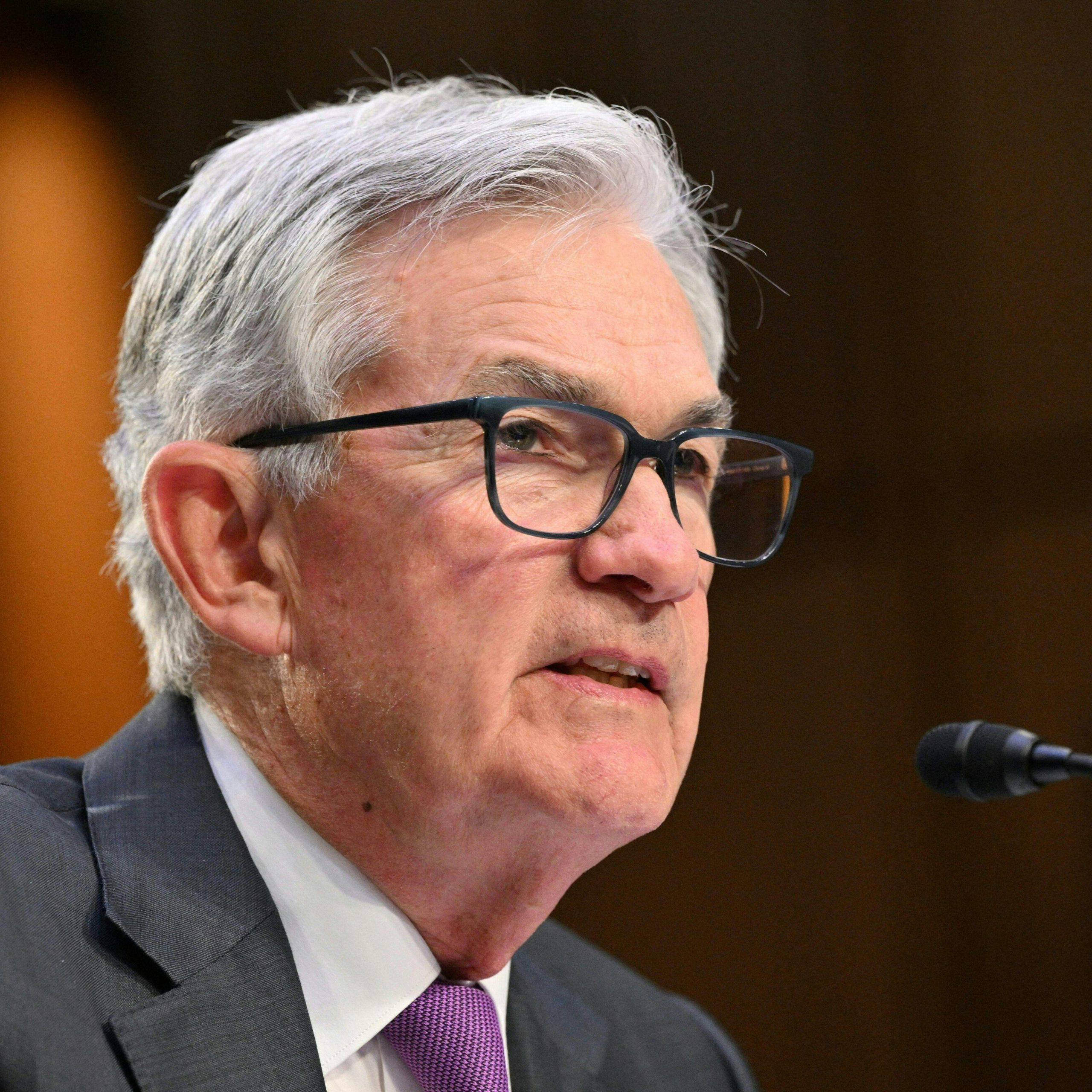Federal Reserve Chair Jerome Powell recently made an announcement that rattled few cages in the financial industry. At an event in Amsterdam, he stated that the Fed might maintain the current interest rates for a longer stretch than previously anticipated. This decision comes in response to U.S. inflation stubbornly clinging above expectations, despite the economy showing some strong performance signs earlier.
Persistent Inflation and Powell’s Plan
Over the first few months of 2024, the U.S. has struggled to bring inflation down to the central bank’s target of 2%.
Powell admitted that although he hopes inflation rates will drop back to the more manageable levels seen last year, his confidence isn’t as strong as it once was.
Powell emphasized the need for patience, suggesting that a restrictive monetary policy must continue to work its magic, albeit slowly.
Contrary to some market speculations, Powell reassured that further rate hikes are unlikely given the already stringent policy measures in place.
Inflation’s stubborn high tide contrasts starkly with Europe, where price pressures are easing, allowing for rate cuts. Central banks in Switzerland and Sweden have already reduced rates, and the European Central Bank is on the cusp of doing the same.
This change could potentially rearrange the traditional hierarchy of global monetary policy, with Europe possibly taking a lead before the U.S.
However, some ECB policymakers caution against straying too far from the Fed’s lead, hinting at the intricate balance of international finance.
Market Movements and Economic Indicators
The U.S. saw its wholesale inflation in April surge to the highest annual gain in 12 months, as reported by the labor department.
The producer price index increase exceeded forecasts, indicating the Fed has its work cut out in taming price growth.
Amidst these developments, the market is bracing for the latest consumer price index data, which could either validate or challenge the optimism surrounding a soft economic landing and potential rate cuts later this year.
Investors are seemingly undeterred, with major indexes like the S&P 500 approaching record highs and meme stocks like GameStop experiencing massive rallies.
This market optimism reflects a belief in the Fed’s ability to manage a soft landing—decelerating inflation without derailing economic growth.
Yet, with the upcoming CPI data release, this belief is set for a crucial test. A higher-than-expected inflation rate could reignite concerns over an overheating economy and compel the Fed to reconsider its stance on rate adjustments.
The financial markets typically experience heightened volatility around CPI release days, reflecting the uncertainty and varying expectations of investors.
Despite recent market gains and a somewhat bullish investor sentiment, there remains a cautious undertone.
The market’s response to the March record highs and subsequent fluctuations suggests vulnerabilities, such as a potential double top chart pattern, signaling possible reversals.





